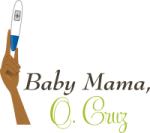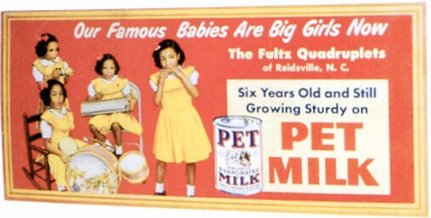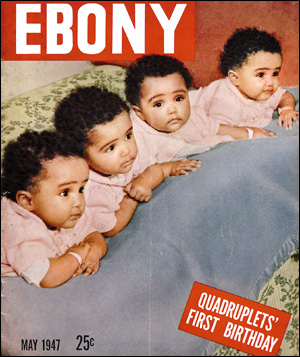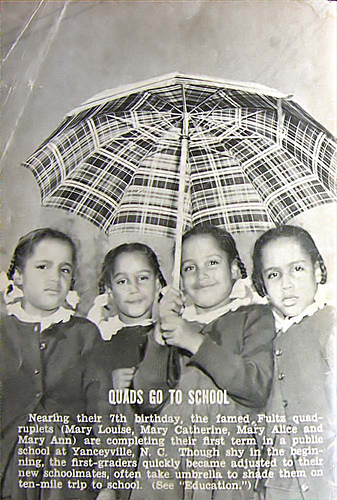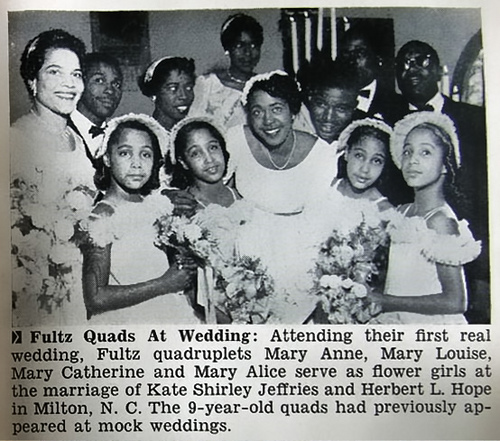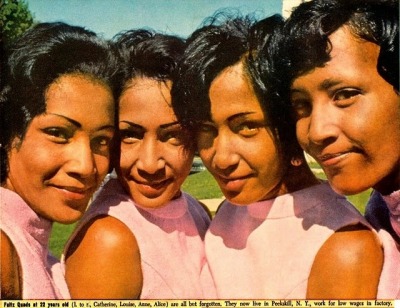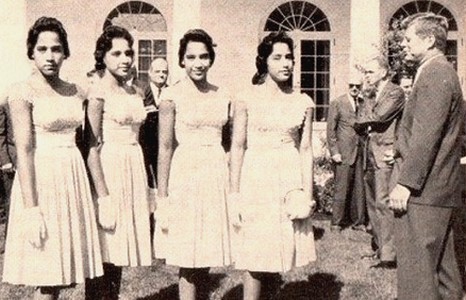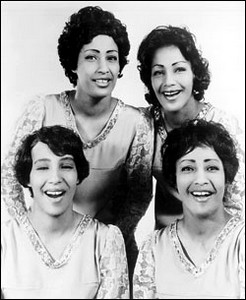Breastfeeding in public, pumping at work, sore nipples, engorgement, stringent diet, thrush, constant thirst, raging appetite, extra twenty pounds {post pregnancy}, constant nightly feedings, bite nipples, lopsided breast, resentful feeling towards husband {he can sleep when I can't}, no alcohol {the worst}--- AHHH!! The perils of breastfeeding. In spite of all this I constantly remind myself that to be mother is to be selfless. Giving my baby the absolute best will always be my priority. Every women who makes the decision to breastfeed is making a huge sacrifice, but it's worth it. Shit breastfeeding is by far the hardest task I've ever had to do in life, including birthing little D. Giving birth is a physiological process, my body knew what do do and when to do it, unassisted by anyone. Breastfeeding is a whole nother can of worms. For those women who do it for a week, a month, 6 months, a year, 2 years {God bless you} I commend you. It's a challenge ESPECIALLY if you work full-time.
As Lil' D is eating more solids my supply has decreased. In February, I will begin to wean her, well after I find a suitable alternative to cow's milk{explanation in another blog post}. She has begun to show signs of refusal for my breast already, especially during the day. She would rather eat Cheerios or guacamole. At night and as she first wakes in the morning it's different. She is inconsolable if she can't have "Titty Time". I thought long and hard about weaning her at one year. We plan to have another baby, sooner then later, and I need to get my body in shape. I can not have baby fat from baby number one on top of baby fat from number two. NOPE, WRONG ANSWER. I got from March to September to get it right.

Weaning information here.


